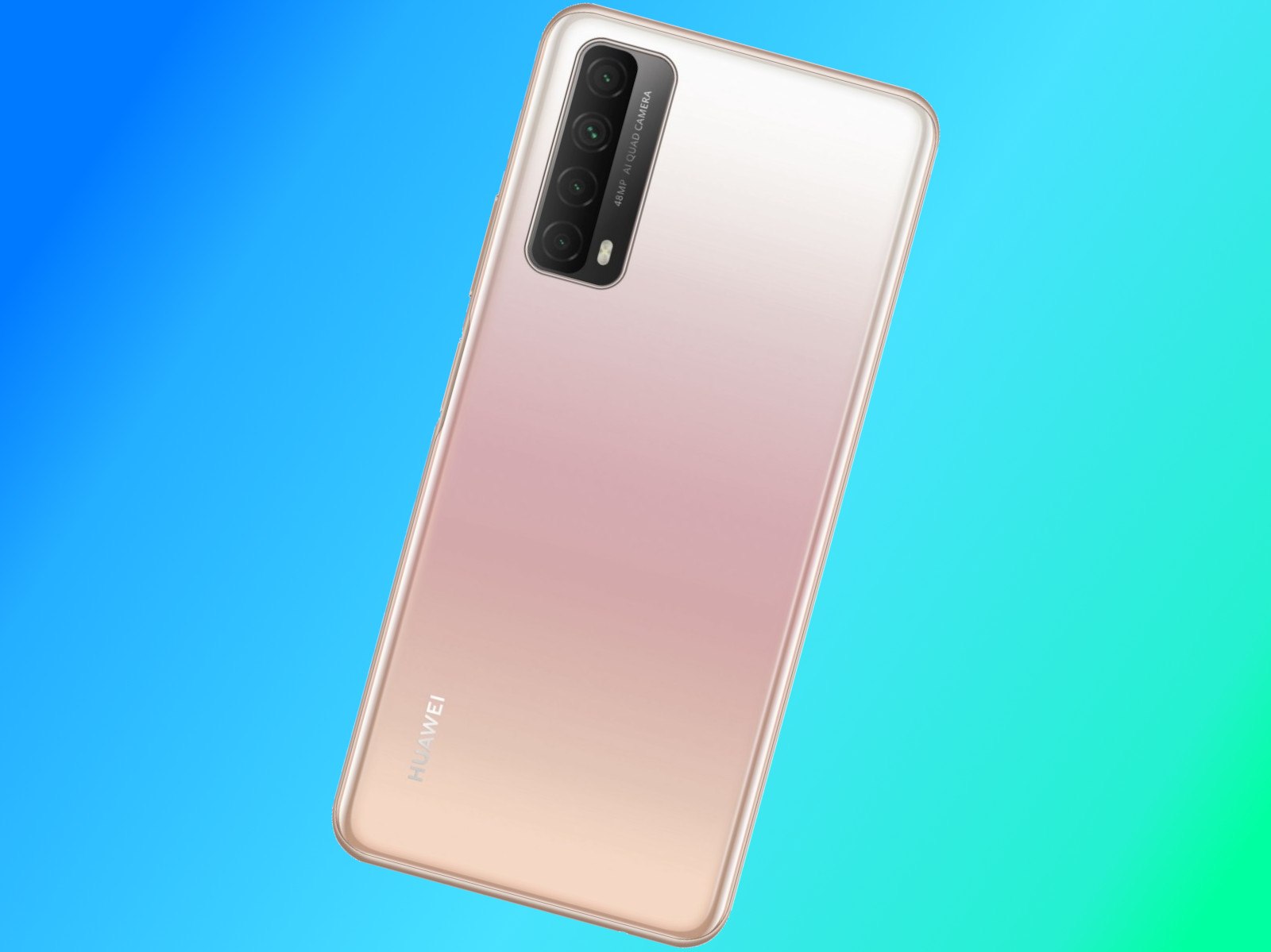Product Reviews
Huawei P Smart 2021 packs legendary battery
The latest instalment in Huawei’s mid-range P Smart series delivers a two-day battery life, even with some Google-equivalent services installed. BRYAN TURNER tested the device.
It’s not every day that a smartphone brand launches a mid-range device that delivers multi-day battery life. The new Huawei P Smart 2021 doesn’t house the most energy-efficient internals, but don’t let the spec sheet fool you: this device will easily last throughout a day, and then some.
Before jumping into the review: the P Smart 2021 demonstrates Huawei’s resilience in the market. It doesn’t have Google Services and it doesn’t have the latest processor technology (thanks to the TSMC sanction). Yet, the device still compares favourably to the alternatives from other manufacturers which were allowed to maximise innovation potential during this time.
Out of the box, the handset comes with a 22.5W adapter for SuperCharging the device from 0% to 41% in 30 minutes. It can also do a full charge time at an hour and a half.
The P Smart 2021 shows off Huawei’s new Blush Gold colour, which is a glossy and almost iridescent pinkish-gold. The back of the device shows that it is feature-packed with four camera lenses, but has a simple design that does not make it look over the top. The frame and back are plastic, but it does not feel cheap. This is combination provides a premium feel and enables more affordable repairs.
The display is a sizable 6.67-inch LCD panel, which is surrounded by a black border bezel. While Huawei is chasing bezels in its flagship models, the P Smart has an 84.27% screen-to-body ratio. This is in line with other smartphones in this price range. When powered on, the display is a vibrant 1080×2400 screen at a density of 395 pixels per inch.
There is a punch-hole camera cutout at the top of the display, bidding farewell to the teardrop cutout of 2020. Surprisingly, the handset comes with a pre-installed screen protector — no specks of dust underneath screen protectors anymore.
Along the right side of the device, one finds a slightly recessed lock button with a fingerprint sensor built-in. Just a little above that button is a volume rocker. On the left side, a dual SIM + MicroSD card tray is ideal for those who have a reliable network for calls, and a less-reliable network for data. The bottom of the device houses a mono-speaker grill, a USB Type-C port, and a 3.5mm headphone jack.
The handset houses the Kirin 710A 14nm chipset, which is fast enough for light gaming and everyday tasks. While the chipset is larger than the competition, the device doesn’t get any hotter than 10nm equivalents in this segment.
A 5000mAh battery seems in line with the competition. Software optimisations, however, enable it to remain powered for much longer. We used it for two days of heavy email, Instagramming, taking photos of almost everything for the camera test, and video calls. We charged it up to 85% and put it away, and it lasted another eight days on standby while connected to a mobile network.
Its built-in speaker is nothing special and favours being loud over providing tonal quality. The saving grace, however, is the 3.5mm jack, which enables users to choose between wired and wireless audio options.
The quad-camera system resembles most new camera systems in this price range: a high-megapixel main, a wide-angle, a macro, and a depth-sensing lens set. The main camera is a 48MP Quad Bayer sensor, which is helped by AI Processing to produce great photos from a camera in this segment. The 8MP wide-angle camera is a little less sharp than the main sensor but good for fitting more into the frame. The 2MP macro camera is a fixed-focus sensor, which enables users to take close-up photos from 4cm away. It works best in brighter scenes. The remaining 2MP camera helps with portrait photography by sensing depth.
The 8MP selfie camera takes great selfies with better dynamic range compared to other devices in this segment — even those with a higher megapixel rating.
Since the US software sanctions on China are still in place, there aren’t Google Services pre-installed on the P Smart 2021. Instead, Huawei has launched the App Gallery — an alternative to the Google Play Store, and which has had great success with South African app makers, but mild success with other app makers. It’s not the end of the world — Gadget has compiled a guide on how to re-Google your device.
The smartphone comes installed with Android 10 and Huawei’s EMUI 11 skin. The interface is very similar to that of the Mate 40 Pro, and just as customisable. Users should take time to go through a large number of settings to configure their device to exactly how they want it to look and feel.
With fantastic battery life, a good camera system, and a great display, the Huawei P Smart 2021 is value for money in the mid-range segment. It retails for R5,500 from the Huawei Online Store and includes a 10,000mAh power bank as a gift.

















